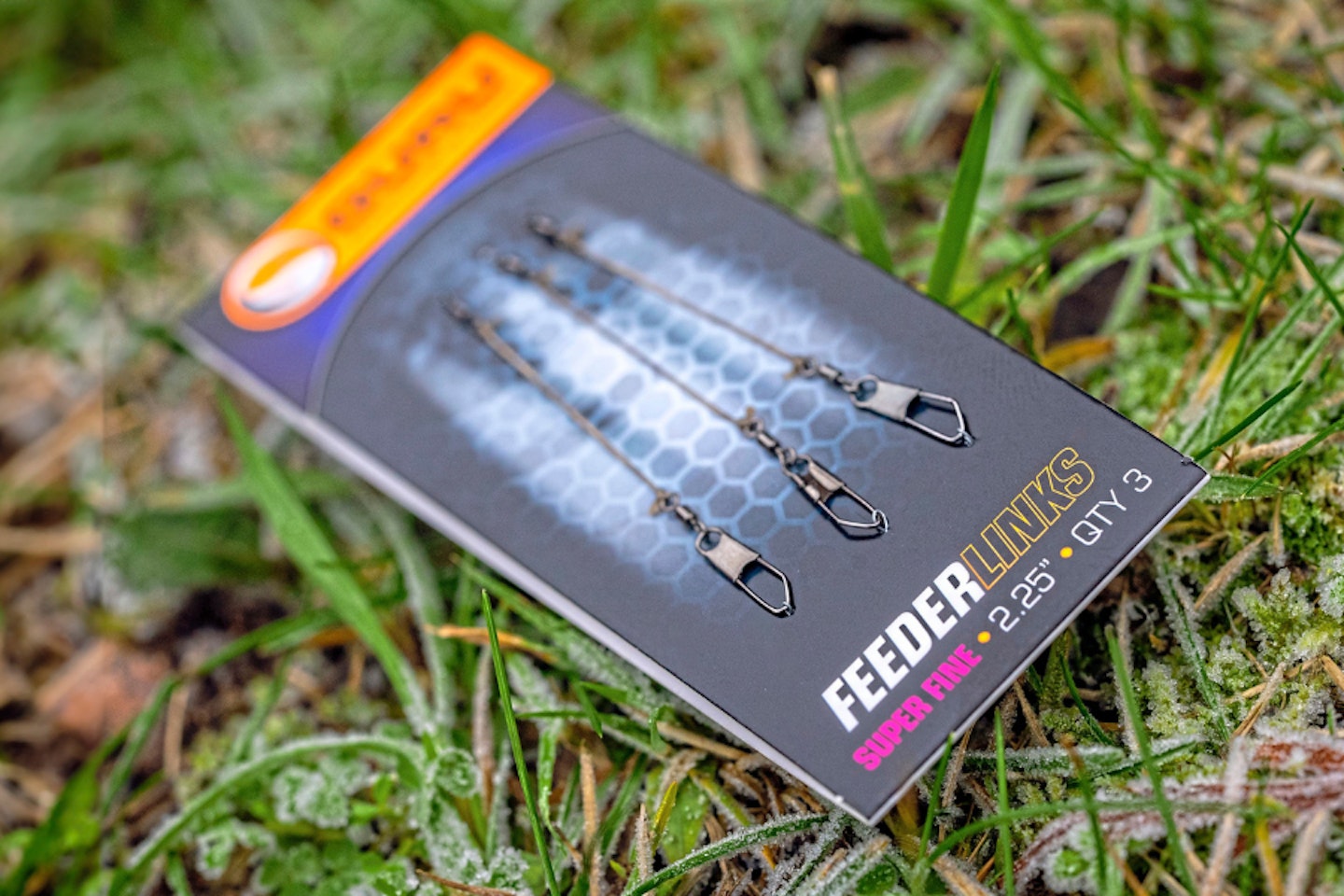There’s nothing worse than reeling in after each cast with a tangle, especially when you know there are fish in your peg. It’s something that dogs a lot of anglers that are new to fishingnatural waters with conventional feeder tactics – but the good news is that it can be resolved.
The rigs that you use are key to the solution, and there are two that will make sure tangles become virtually a thing of the past.
THE BEST FEEDER FISHING REELS WILL HELP TO REDUCE TANGLES.

Helicopter rigs
As the name suggests, your hooklength acts like a helicopter rotor on the cast, spinning freely on a swivel around the mainline. It’s a very simple rig to tie, and highly effective.
First, thread a small line stop on to the mainline, followed by a medium hooklength swivel. A second line stop is added, with the hooklength swivel sat between the two. Tie a 6ins twizzled loop in the mainline with a snap link swivel at the bottom of it. Finally, pull the bottom line stop down so that it sits on the knot.
I like about half-an-inch between the two stops, so the hooklength swivel has room to move. Having the stops too tight can cause tangles, as the hooklength needs to rotate on the cast. Attach your feeder to the snap link swivel and your hooklength to the hooklength swivel.
The only downside to the set-up is that you must strike through the feeder when you get a bite, which can cause issues, especially when targeting smaller fish.
THE BEST DISTANCE FEEDER RODS ARE PERFECT FOR FISHING NATURAL VENUES.
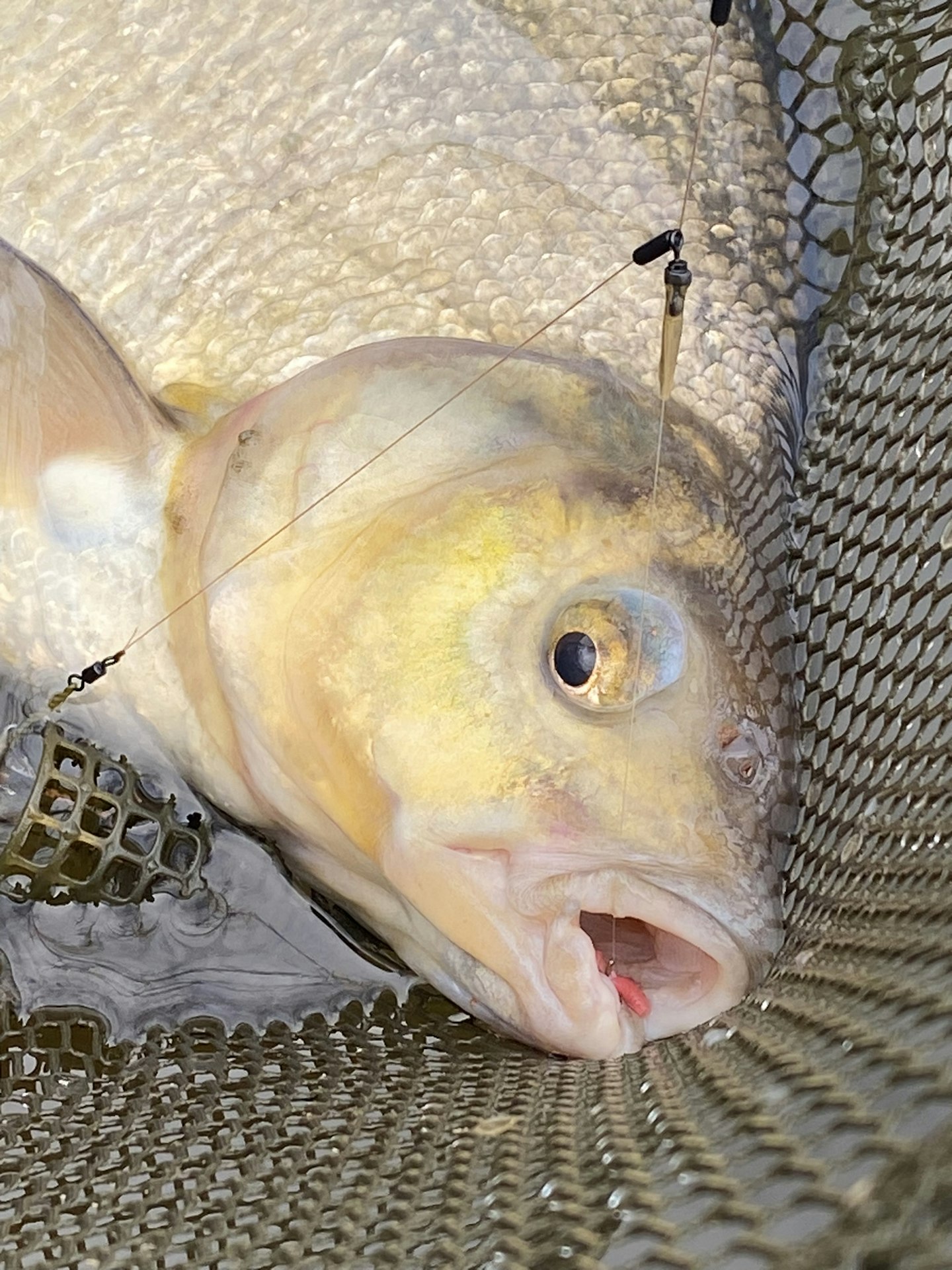
Running paternoster
This is a favourite rig of mine for many reasons, and it’s brilliant for both bite detection and when playing fish because everything is more direct. It used to be prone to tangles, especially in a wind, so I needed to think of a way to stop them.
I eventually realised that anything stiff incorporated within a rig that was designed to prevent tangles caused them! So, I stripped my rig right back and eventually came up with what I believe to be the holy grail of feeder rigs. Just like the helicopter rig, it couldn’t be any simpler or easier to tie.
Step one is to take a use a feeder link and thread it on to your mainline or leader. With the feeder link on the line, I tie in a loop of 0.22mm fluorocarbon around 8ins long, using a four-turn water knot. The loop creates a bigger knot that I’m going to be casting off. Any bead or stop resting against the knot is unnecessary and only causes issues.
With the loop tied in, I cut one side of the loop by the knot, so I now have a single strand of fluorocarbon around 16ins long.
To complete the rig, I tie a loop in the fluorocarbon about 25cm from the water knot. Now I attach my hooklength to the loop and my feeder to the feeder link. The fact that this is pretty much the only feeder rig I use tells you a lot.
WHY NOT TRY SOME OF THESE AWESOME FEEDER RIGS TO HELP YOU CATCH MORE FISH...

Master casting
You must be positive on the cast and hit the clip firmly. A lazy lob that barely reaches the clip will cause tangles, as the rig will land in a heap.
Hitting the clip firmly helps straighten the rig out, aiding presentation once it has settled on the bottom.
Make sure you are using a rod and reel of a suitable size and length to chuck the relevant distance. Your mainline and shock leader (when fishing at range) also need to be appropriate.
Remember, the thinner your mainline is, the less resistance it will create as it runs through the rings on the cast.
MAKE THE PERFECT CAST EVERY TIME WITH THIS HELPFUL GUIDE.
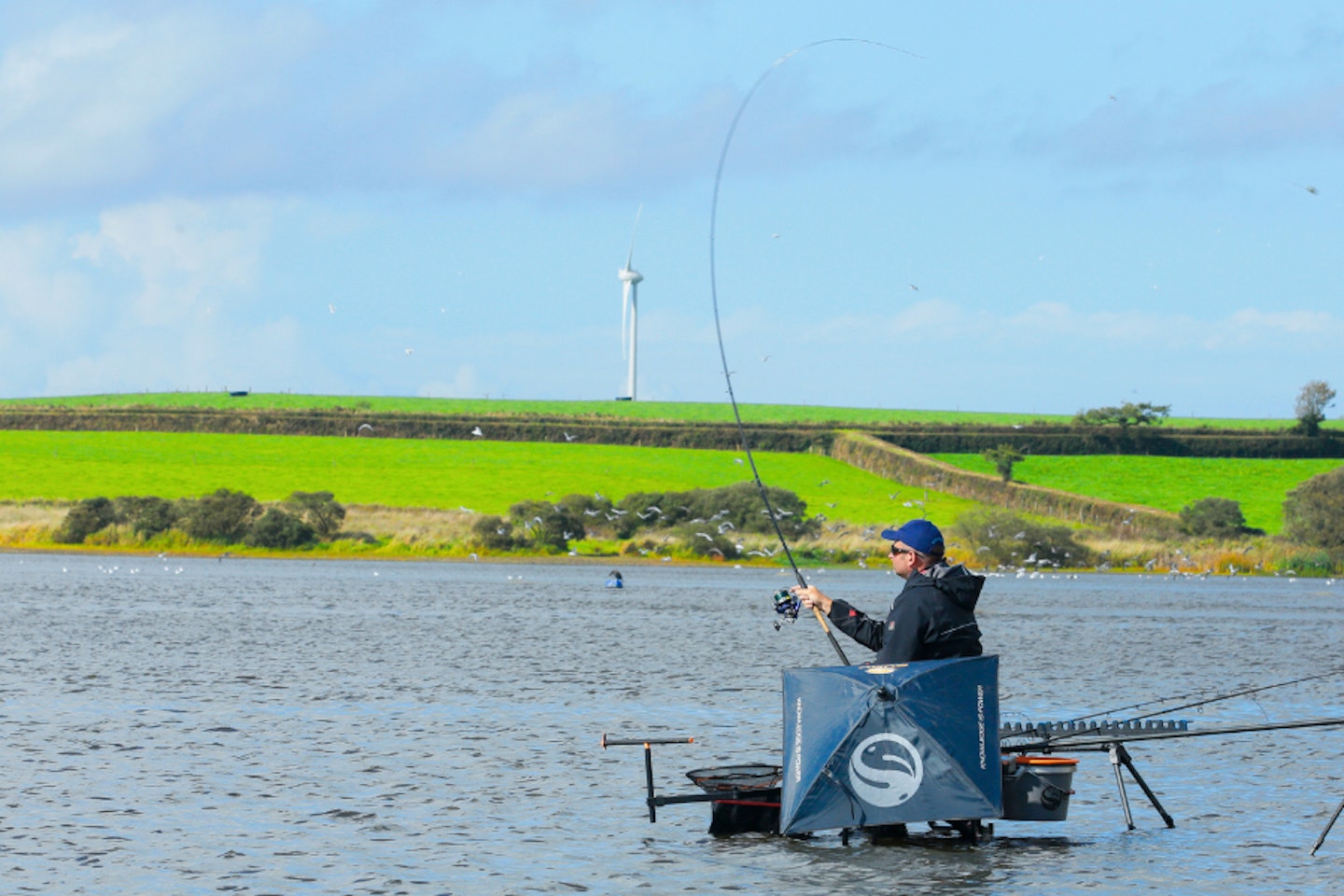
Use the right feeder
Trying to hit the required distance with a feeder that’s barely heavy enough can cause the feeder to spin on the cast, and this can then cause tangles. If you’re struggling to reach the spot, step up a weight and make things easier for yourself. It’s false economy to try and minimise disturbance on the cast if you end up tangled anyway!
SET UP PROPERLY FOR FEEDER FISHING WITH THIS EXPERT GUIDE.
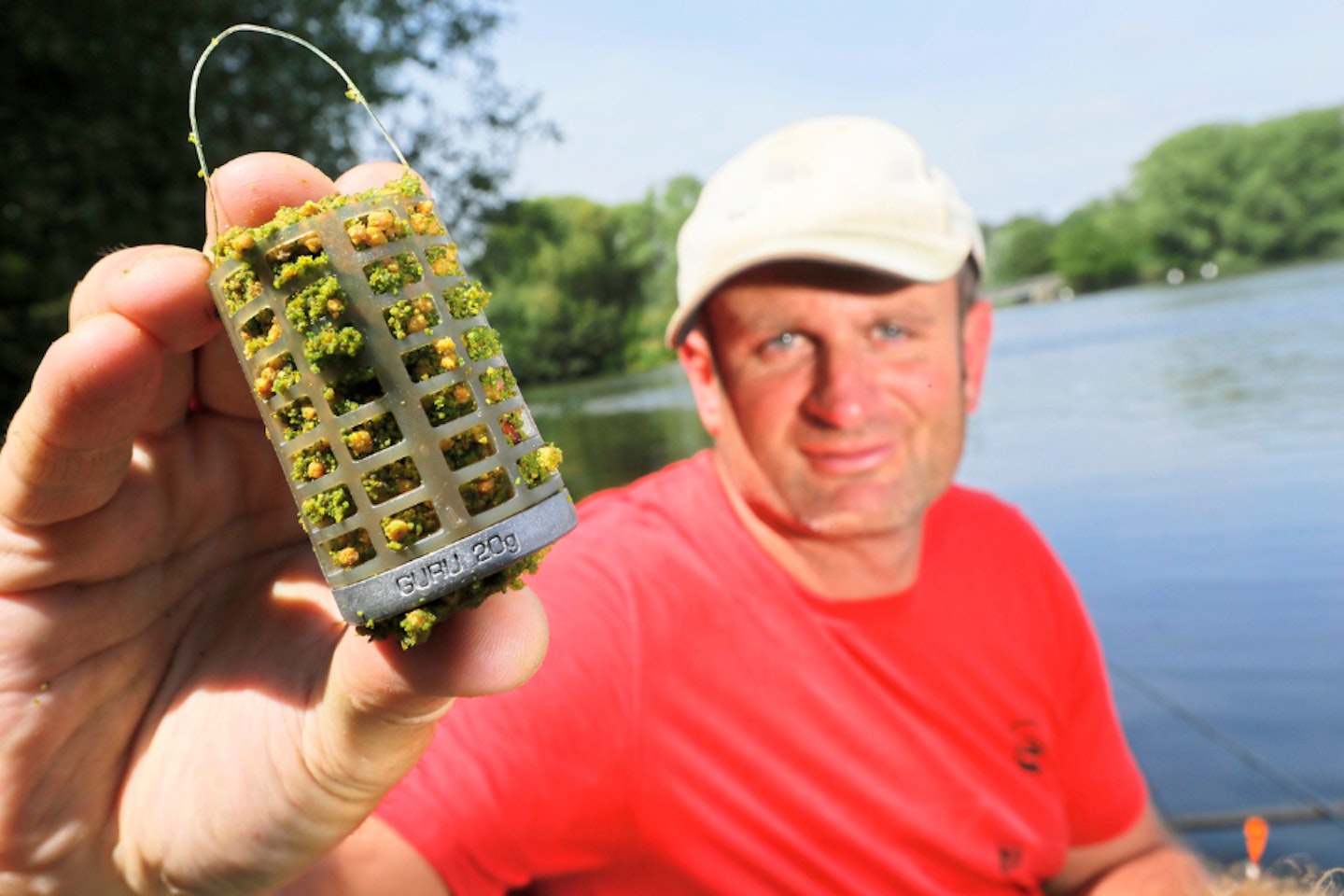
Watch wind direction
If you’re new to this style of fishing, then selecting a swim with a favourable wind will assist your cause. A big headwind can create tangles, as everything is being blown back on itself on the cast, and this can cause the hooklength to tangle round the mainline. Try to select a swim with a reasonably gentle breeze on your back.
THE BEST SHORT FEEDER RODS ARE PERFECT FOR SMALLER VENUES.
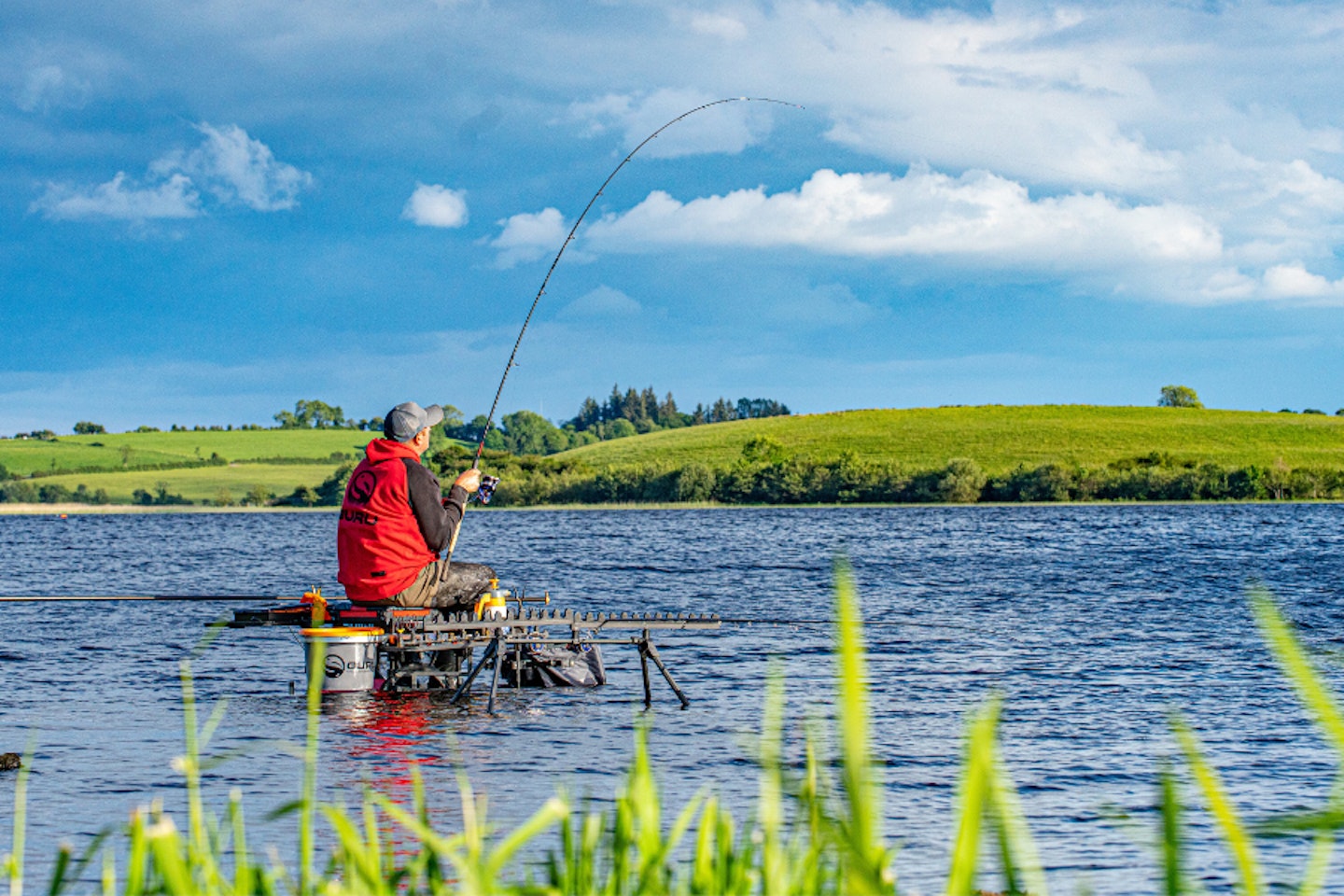
Rely on braid
The feeder links that I use on my running paternoster rig are made of braid. This is a very light material, and one that ‘collapses’ on the cast. This may seem like a small detail, but it is part of the key to preventing the tangles that prove so frustrating to us all at times!
CHECK OUT THIS GUIDE TO LEARN HOW TO USE SHOCKLEADERS EFFECTIVELY WHEN FEEDER FISHING.
